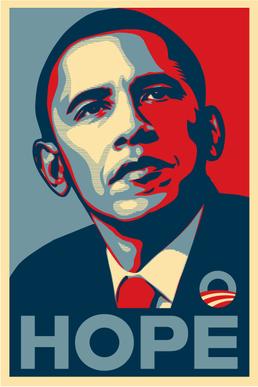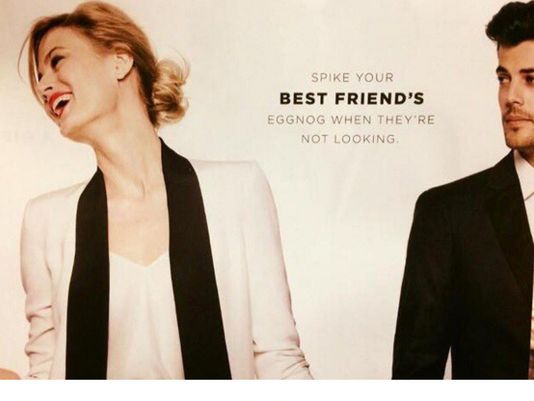
From supermodel’s chowing down on Carl’s Jr., to celebrities on billboards in nothing but their #MyCalvins, everyone knows just how often sex is used in advertising. This practice dates back to 1871 when a cigarette company plastered the image of a “naked maiden” on their package. It was extremely provocative for the time but dramatically increased sales. Other brands followed suit thereafter and incorporating sexual images into adverts became a common practice especially within the health, beauty, and fashion industry.
Throughout the late 20th century and into the early 21st century, sex was often the forefront of advertising. Companies did their best to constantly shock consumers, utilize attraction, and desire to lure in sales with both men and women on the cover of magazines and billboards half nude. However, over the past decades, sex in advertising has started to look different. For example Hollister and Abercrombie & Fitch notoriously paraded male swimsuit models outside stores and posted on all the bags. Their advertisments also showcased beautiful slim individuals all half clothed. The owner was even quoted, “Candidly, we go after the cool kids. We go after the attractive all-American kid with a great attitude and a lot of friends…Are we exclusionary? Absolutely.” If you look at these brands today, their models are fully clothed and of all different races and sizes. Values and interests are shifting and companies are responding to it. While sex is still selling, it looks different from what it looked like 20 years ago. The majority of consumers today respond to ads when it is empowering and confident not when they are degraded and overly sexualized. Using sex is adversting has shifted from swim suit models and guy with six packs. Even the beauty industry has shifted to focus more on health and wellness.
Brands are also learning to be deliberate when using sex in their marketing efforts. Sex is no longer just a tool to use haphazardly as this can backfire. For example fashion house Balenciaga came under fire for a recent campaign which featured children holding teddy bears that were wearing bondage harnesses. Other brands have been called out for using nude underage models or for forcing them into uncomfortable situations. Sometimes using sex can actually have an adverse effect. If the consumer perceives the model as being exploited, they are more likely to regard the advertisement in poor taste and less likely to purchase the product or brand. As with everything, tastes change over time, and brands must update their techniques to fit the interests and ideals of today.








I don’t think that is selling the same anymore because I think at first when social media/ the internet came out it was a really popular topic. But not I feel like its overused and people need different ways of encouraging others to buy something. I also that that in music culture, that idea is over played and a lot of popular songs will reference that but hopefully we start moving more into the wave of caring more about others and deeper, less superficial things so that we can make real change in the world.
This post is very interesting mainly because it reflexes on the importance of dignity and also the importance of rights. It was very common to see back then male and female posters with individual that would fix into the ideal body or stereotype of how the body of a person should look. I can’t help to connect this to a more recent context. The models that were initially casted for Victoria Secret were all with the same body and facial features, in more recent years this has changed to an all inclusive models. I think that bigger companies need to become more modern and acknowledge that sex or stereotypical body is not the only way of promoting their supplies but in reality they need to find a better way to communicate with the needs and the styles that society is currently facing.
This post is very interesting mainly because it reflexes on the importance of dignity and also the importance of rights. It was very common to see back then male and female posters with individual that would fix into the ideal body or stereotype of how the body of a person should look. I can’t help to connect this to a more recent context. The models that were initially casted for Victoria Secret were all with the same body and facial features, in more recent years this has changed to an all inclusive models. I think that bigger companies need to become more modern and acknowledge that sex or stereotypical body is not the only way of promoting their supplies but in reality they need to find a better way to communicate with the needs and the styles that society is currently facing.
Hey Emma,
interesting highlights of body image shift in advertising. I like that as opposed to focusing (like many other people did) on just social media, but on the larger industry of fashion. I found it interesting that sex is still selling but it just looks a little different now. Since I think that sex is always going to sell it’s better to move with the times and capitalized on what people are looking and asking for. And as we move into a more accepting and health-conscious age it’s good that those values are being reflected in advertising. However, I do wonder how much of this type of adverting is healthy and how much is manipulation. Embracing body types is always for the best but including unhealthy expectations can be dangerous.
Hello Emma!
Your article was a very interesting read, and made me consider the marketing tactics of the modern age. To your point that “selling sex” looks different today than it did in the 1990s, I would argue that people are naturally still more attracted to the slim generically attracted models, but the use of all shapes and sizes in advertising has been successful in the sense that people are better able to see themselves in the products they are consuming. Consumerism is not a new phenomenon, as we are delving deeper into an age where quantity is valued over quality for the most part. Consumerism of the past used tactics to make consumers feel like they could be a sexier, hotter version of themselves, or seen as more attractive to the opposite sex if they had a certain product. This has shifted as now advertisers are employing tactics catering to a “happier me.” In a way newer advertising strategies are appealing as they are implying their consumers are perfect the way they are, they’d just be a better version of themselves with their product. I’m curious to see if society will ever circle back to using the most attractive 1% for advertising campaigns, or if the modern approach of using everyday people will reign supreme.